Accessing Safe Spaces for Play in Nablus
Children all over the world should have access to safe play spaces. This is especially important for children living in conflict and post-conflict areas. Though the need for safe play spaces is great in Nablus, they remain few and far between. As UNICEF states, “On a daily basis, the rights of children and adolescents in the West Bank and Gaza – including their rights to education and to play – are compromised by the effects of closures, disruption of schooling and deteriorating living standards in the context of the ongoing Israeli-Palestinian conflict.” The children who come to TYO witness both first- and secondhand violence on a daily basis. UNICEF estimates that in the first 8 months of 2011, 15 Palestinian children were killed and 351 were injured because of events directly related to occupation. At the end of August 2011, 180 Palestinian children were being held in Israeli detention centers. More generally, Palestinian children experience stress daily whether it be from harassment and harm from settlers, from living in extreme poverty because of forced displacement and home demolitions, or from living in a constant state of political insecurity.
Given this stressful environment, children need places to engage in structured safe play. However, there are few public playgrounds and parks in Nablus. Though there are 3 local parks, they are run-down and lack sufficient play equipment. Several of the schools and preschools in the area have small playgrounds, but they are not open to the public after school hours. Moreover, there are not any structured activities or after-school programs that use the equipment.
Many obstacles make it difficult to create these safe spaces. First of all, it is logistically difficult to build within the physical boundaries of the refugee camps. The four refugee camps that TYO serves all suffer from overcrowding. For example, Balata refugee camp is home to 23,000 registered refugees in 0.25 km2. In Old Askar camp, roughly 16,000 registered refugees live on .12 km2 of land. In Al-Ein camp, there are less than 8 inches between homes on average. There, nearly 7,000 refugees live on 0.05 km2 of land. It is in these overcrowded places where it is most difficult to build that children most desperately need space to play. Instead, they are often forced to play in the streets. Suhad, TYO’s Psychosocial Program Manager, has had many conversations with refugee mothers who are scared to let their children play in the streets but lack the financial resources to take their children outside of the camp to play.
Even outside the refugee camps, where buildings are more spaced out, safe places for play are still rare. Creating such places has not been a recent priority of the government. In general, people remain ignorant of the importance of play for children’s social, emotional, and intellectual development. Suhad thinks that one reason the current generation of parents is unaware of the importance of early childhood and play is because they were deprived of their own childhoods; they grew up during armed conflict, stress, and violence as well.
TYO offers children from these communities a safe space to play and to escape the stress of their everyday lives. While we continually work to expand our programming to reach more children, we also realize that we can’t meet the needs of our community alone. We also recognize that we must work towards providing safe places not only for young children, but also for older youth. Therefore, we look forward to working with the community to increase the availability of safe spaces for all.


